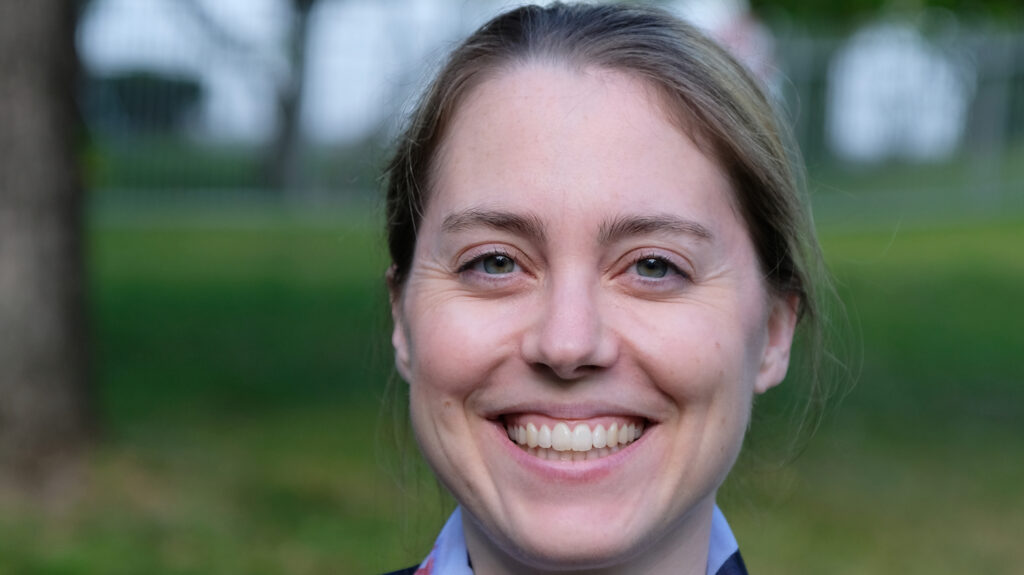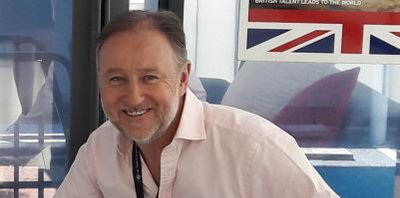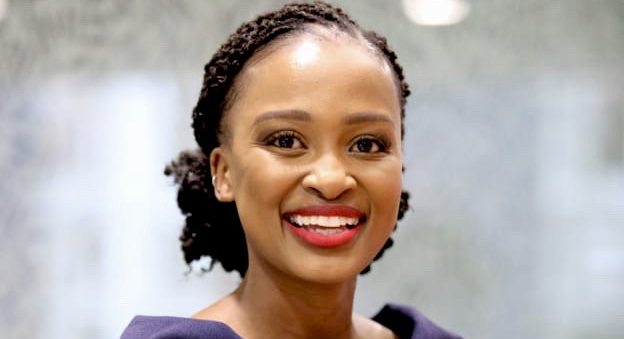Mkhutazi Steleki, Director Climate Change Development and International Mechanisms
SACAN (South Africa Climate Action Network) and Greenpeace Africa brought together a webinar hosted by the Mail & Guardian to examine where we stand as parties of the UNFCCC’s COP submit their revised commitments to reversing anthropogenic climate change. Panellists were: Claire Stockwell, Senior Climate Policy Analyst, Climate Action Tracker (CAT); John Wade-Smith, Head of Climate Change and Energy, British High Commission South Africa; Mkhuthazi Steleki, Director of Department of Fisheries Forestry and Environment (DFFE), Climate Change Development and International Mechanisms; and Thandile Chinyavanhu, Greenpeace Africa Climate and Energy Campaigner. The webinar was moderated by Ndoni Mcunu, Climate Scientist and Entrepreneur.
Background: in advance of COP21 in Paris in 2015, South Africa submitted its (Intended) Nationally Determined Contribution ((I)NDC) to the UNFCCC, which identified South Africa’s intention that emissions should follow a Peak Plateau and Decline (PPD) trajectory, peaking in 2025, plateauing for approximately a decade before an absolute decline by 2050. In September 2020, cabinet approved the establishment of the Presidential Climate Change Commission (PCCC), which held its first meeting in February 2021.
 Claire Stockwell, Senior Climate Policy Analyst with Climate Analytics
Claire Stockwell, Senior Climate Policy Analyst with Climate AnalyticsMcunu began proceedings, asking what role the NDC will play for COP26? Wade-Smith replied by first outlining the three pillars of COP21: the reduction of greenhouse gas pollution, the mobilisation of climate finance, and adaptation to climate impacts. NDCs reveal whether a country is on track to meet the targets of the Paris agreement; they set intent and shows how countries can work together. Will South Africa be at the forefront, or playing catch-up, he asked?
Wade-Smith said that for NDCs to link to the 2050 targets, change must happen at about four times the pace than is presently happening; for instance, by 2040 all cars sold must be electric. The UK wants to lead by example, so in Britain no internal combustion engine cars will be sold after 2030; it has pledged to reduce its emissions by 68% by 2030 (the fastest in any major economy) and has enshrined in law its commitment to zero emissions by 2050. It has also doubled its global financial contributions to reducing climate change.
 John Wade Smith, British High Commission – Regional Lead
John Wade Smith, British High Commission – Regional LeadStockwell said the company she works for, Climate Action Tracker (CAT), rates the NDCs of countries. Only about 40% of countries have to date submitted their NDCs, and of those that have, many have made no improvements to their emissions reduction or did not increase their ambitions. South Africa has improved its NDC range by one category, but still has some way to go to achieve compatibility. Unfortunately, based on the current global submitted NDCs, the target of limiting temperatures rising by 1.5 degrees at the end of the century will not be reached — it will be closer to three degrees of warming.
There is also a significant emissions gap for 2030, but the good news is that the United States will soon be announcing new climate targets. China has also announced a 2060 carbon neutrality target, although CAT is hoping that they set even stronger targets, said Stockwell. Assessments indicate that things are not looking rosy globally, but a lot depends on what happens at COP26 in Glasgow, in November.
 Thandile Chinyavanhu, GreenPeace Africa Climate and Energy Campaigner
Thandile Chinyavanhu, GreenPeace Africa Climate and Energy CampaignerChinyavanhu was asked, what can civil society do to help mitigate climate change? She said members of the public should contribute by making their submissions to South Africa’s draft NDC. The DFFE must definitely scale back its fossil fuel programme and renewables must be scaled up; our air quality is being compromised, which endangers the health of South Africans.
She said Greenpeace Africa is disappointed by the targets set out in the draft NDC, which should be far more ambitious; carbon emissions must be drastically reduced. Pressure must be kept up by civil society. The NDC is reliant on weak measures such as carbon tax, which are not effective enough in producing changes in behaviour from major emitters. Chinyavanhu said Greenpeace SA views the draft NDC as an “embarrassment” and that far more decisive action is required.
Steleki said South Africa submitted its first NDC in 2016. The new draft covers all the requirements of COP21. Emissions will be reduced by 17% by 2025, but these reductions must be carried by all sectors in the economy. Emissions were reduced when productivity went down during Covid-19, but now, as the economy recovers, it is difficult to make compromises as a developing country, and, for a just transition, South Africa will require balance and significant international support to reach its targets. There are five key goals for reducing emissions in the new NDC draft, among them renewables, which figure prominently.
Wade-Smith stressed that South Africans must help the DFFE to understand what their vision is for cleaner power production, so the more submissions to the draft that are made, the better. At COP26, South Africa must demonstrate that its companies are compatible with global emission targets to attract investment, and more ambition must be shown in the draft NDC.
In reply to a question from the webinar audience, Stockwell outlined what a “fair” contribution is for a country to make to limit global warming; she said South Africa’s draft NDC in its current form does fall short in this regard. Coal must be phased out by 2040 and renewables increased, both in South Africa and globally. Chinyavanhu said South Africa must stick to its NDC commitments, even though there is a huge amount of money involved in coal.
 Ndoni Mcunu, climate scientist and entrepreneur
Ndoni Mcunu, climate scientist and entrepreneurSteleki said that his department is open to the views of the public on the NDC draft. He said changes made towards the desired climate goals are incremental, and won’t happen overnight. Wade-Smith concurred and said a “just transition” involves supporting both the economy and accelerating change towards reducing emissions. Renewable energy can solve both of these problems at the same time by creating many new jobs as the market for coal diminishes; change cannot be forced at too great a pace.
In conclusion, Stockwell there is scope for South Africa to adopt more ambitious targets in its NDC. Chinyavanhu implored the DFFE to listen to what civil society says in its submissions to the draft NDC, and encouraged the public to participate as much as possible. Steleki said submissions can be made up until the end of May; he hopes that the new NDC, which will be ready by COP26, is one that is owned by all South Africans.
To view the webinar, click on the link below:
Make your voice heard, submit written comments to: [email protected]
For more details on the NDC, visit: www.environment.gov.za/event/deptactivity/cop26indc_stakeholderconsultations